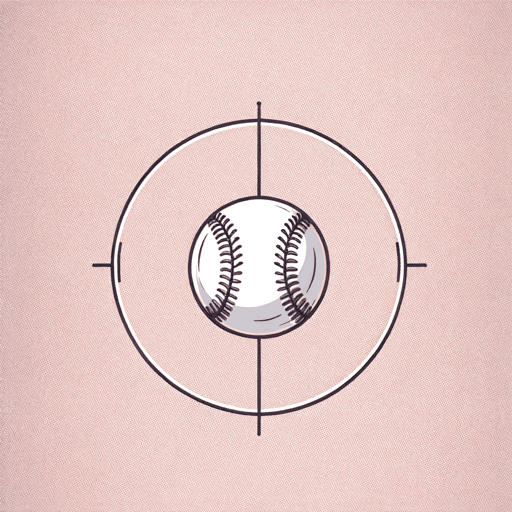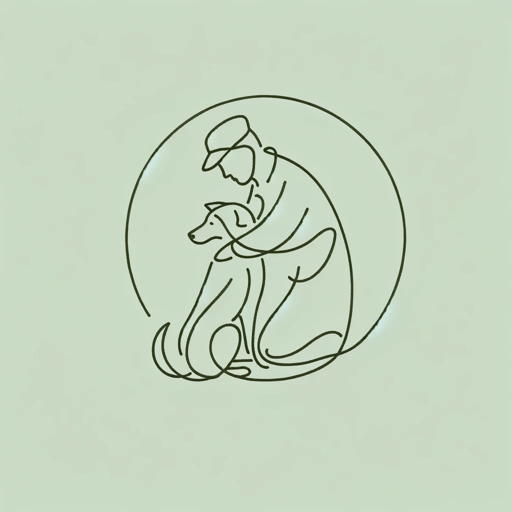30 pages • 1 hour read
Tobias WolffBullet in the Brain
Fiction | Short Story | Adult | Published in 1995A modern alternative to SparkNotes and CliffsNotes, SuperSummary offers high-quality Study Guides with detailed chapter summaries and analysis of major themes, characters, and more.
Summary and Study Guide
Summary: “Bullet in the Brain”
First published in 1995, the short story “Bullet in the Brain” quickly became one of Tobias Wolff’s most noted works. Wolff, a Stanford University professor of creative writing, is the author of award-winning short stories, novels; one of his memoirs, This Boy’s Life, was made into a motion picture. “Bullet in the Brain” appears in his short-story collection The Night in Question; its ebook edition provides the basis for this study guide. (The story also is available online from The New Yorker: newyorker.com/magazine/1995/09/25/bullet-in-the-brain.)
The story is about an angry and bitter book critic trapped at a bank during a robbery; when he ridicules the robbers, they shoot him fatally in the head. The bullet triggers an ecstatic memory from his youth. As time slows, he basks in its recollection.
Late getting to the bank, book critic Anders waits, frustrated, in a long line of customers. Ahead of him, two women converse inanely, which further annoys him. A teller closes her window and retreats to the rear of the bank, where she chats with another worker. The women are incensed, as is Anders, who aims his hostility at them: “Tragic, really. If they’re not chopping off the wrong leg, or bombing your ancestral village, they’re closing their positions” (200-201).
Abruptly, two men in business suits and ski masks take the bank guard prisoner and order everyone to be silent. Anders mocks the robbers to the women. A short and plump robber who is carrying a shotgun walks slowly around behind the main counter and hands Hefty bags to each teller. He locates the woman who abandoned her post and orders her back to her station.
After Anders quips, “Justice is done,” the other robber calls him “Bright boy” and tells him to shut up (202). Anders retorts that “Bright boy” is a line from a movie. The robber walks over, jams a pistol into Anders’s stomach, and threatens him. The barrel tickles; Anders, trying not to giggle, stares at the robber’s blue eyes rimmed in red. The robber doesn’t like Anders’s stare, so he puts his gun under Anders’s chin and forces it, along with Anders’s eyes, up toward the ceiling.
Compelled to gaze at the ornate, old-fashioned overhead fresco of gods and cherubs, Anders can’t help noticing the cheesy tropes and tricks used by the artist. One scene shows Europa and Zeus as cow and bull, with the cow eyeing the bull luridly and the bull smirking. Anders chuckles. The robber warns Anders not to laugh at him, but Anders bursts out laughing when the robber ends his threat with the movie-criminal cliché “Capiche?”
The robber shoots him in the head.
As the bullet enters Anders’s brain, it sets off a memory from his youth. The bullet moves much more slowly than the nerve impulses it triggers, “which gave Anders plenty of leisure to contemplate the scene” (204).
He doesn’t remember his failed marriages, his unhappy daughter, the hundreds of poems he’d memorized “so that he could give himself the shivers at will” (204), his intellectual achievements at college, or his mother’s dying wish that she had killed his father.
Instead, Anders recalls a summer afternoon 40 years earlier. He and other boys gather for a game of baseball. Some of the boys “argue the relative genius of Mantle and Mays” (205). Asked what position he wants, one boy’s cousin, a newcomer from Mississippi, declares for shortstop because “Short’s the best position they is” (205). Anders wants the boy to repeat what he said—not to criticize the grammar, but because he feels entranced by the surprising expressiveness of the last two words.
The bullet will kill him, yet at this perfect, stilled moment of time, Anders basks in the simple beauty of “They is, they is, they is” (206).
Related Titles
By Tobias Wolff






